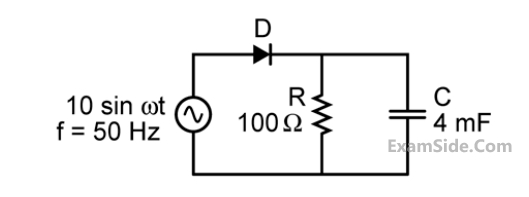
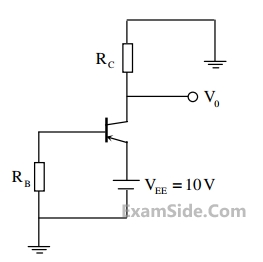


Where f is the frequency expressed in $$Hz$$. The signal $$X( t )$$ modulates a carrier cos $$16000$$ $$\pi t$$ and the resultant signal is passed through an ideal band-pass filter of unity gain with centre frequency of $$8kHz$$ and band-width of $$2kHz$$. The output power (in Watts) is ______.

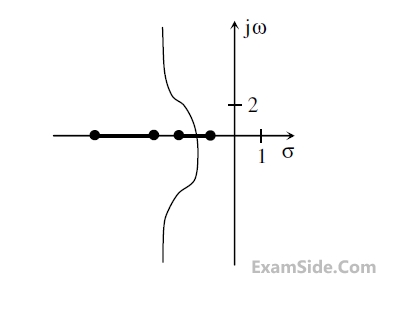

 The transfer function $$\frac{\mathrm C\left(\mathrm s\right)}{\mathrm R\left(\mathrm s\right)}$$ is
The transfer function $$\frac{\mathrm C\left(\mathrm s\right)}{\mathrm R\left(\mathrm s\right)}$$ isFor $${x_0} = \left[ {\matrix{ 1 \cr { - 1} \cr } } \right],x\left( t \right) = \left[ {\matrix{ {{e^{ - t}}} \cr { - {e^{ - t}}} \cr } } \right]$$ and for $${x_0} = \left[ {\matrix{ 0 \cr 1 \cr } } \right],x\left( t \right) = \left[ {\matrix{ {{e^{ - t}}} & { - {e^{ - 2t}}} \cr { - {e^{ - t}}} & { + 2{e^{ - 2t}}} \cr } } \right]$$ when $${x_0} = \left[ {\matrix{ 3 \cr 5 \cr } } \right],x\left( t \right)$$ is



Which one of the following Boolean functions is realized by the circuit?
 Which one of the following statements is TRUE about the distortion of the received signal due to impedance mismatch?
Which one of the following statements is TRUE about the distortion of the received signal due to impedance mismatch?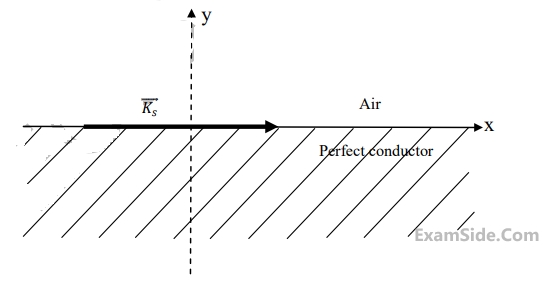
$$\overrightarrow E = 10\cos \left( {\omega t - 3x - \sqrt {3z} } \right){\widehat a_{_y}}\,\,\,V/m$$ is incident
on a non-magnetic dielectric slab of relative permittivity $$3$$ which covers the region $$z > 0$$ . The angle of transmission in the dielectric slab is _______ degrees.

in the interval $$\,0 \le x \le 3$$ is __________.
Applications
$$P1:$$ Numerical integration
$$P2:$$ Solution to a transcendental equation
$$P3:$$ Solution to a system of linear equations
$$P4:$$ Solution to a differential equation
Numerical Method
$$M1:$$ Newton-Raphson Method
$$M2:$$ Runge-Kutta Method
$$M3:$$ Simpson's $$1/3-$$rule
$$M4:$$ Gauss Elimination Method
Let $$C = 100\,\mu F\,\,$$ and $$R = 10\,k\Omega $$.

Two such blocks are connected in cascade, as shown in the figure.

The transfer function $${{{V_3}\left( s \right)} \over {{V_1}\left( s \right)}}$$ of the cascaded network is
For the Y-network shown in the figure, the value of R1 (in Ω) in the equivalent ∆ -network is ________.
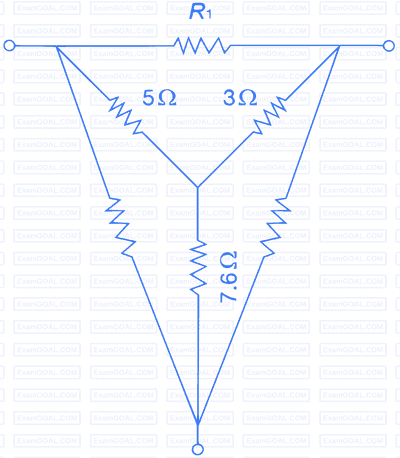
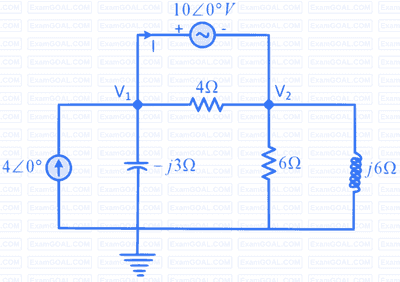
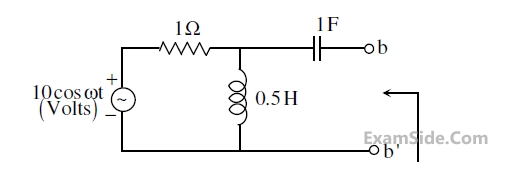
In the figure shown, the value of the current I (in Amperes) is __________.
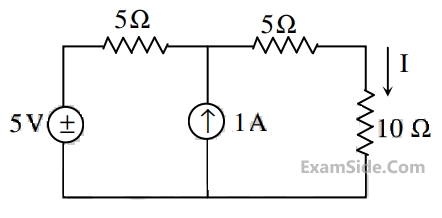
S1: The system is stable.
S2: $${{h\left( {t + 1} \right)} \over {h\left( t \right)}}$$ is independent of t for t > 0.
S3: A non-casual system with the same transfer function is stable.
For the above system,
where $${f_c}$$ is the centre frequency, and $$\alpha $$ and $$\beta $$ are positive constants. The actual signal propagation delay from the trasmitter to receiver is